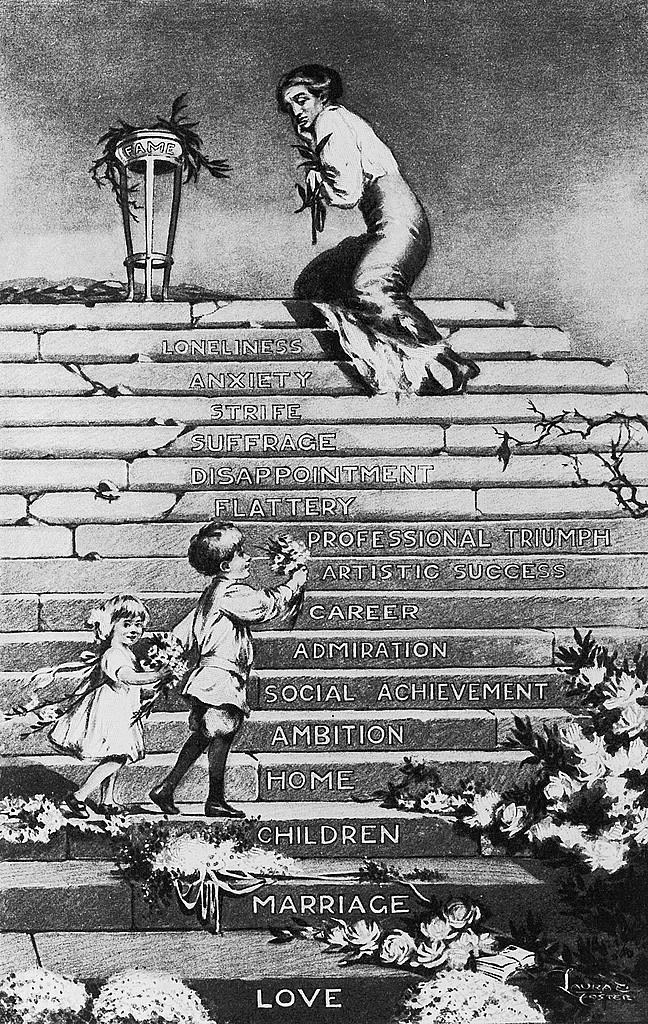Last updated: September 1, 2020
Article
Did You Know? Suffragist vs Suffragette

Artwork by Laura E. Foster, c. 1912. Published in Life Magazine, August 22, 1912. From the collections of the Library of Congress (https://www.loc.gov/item/2002716765/).
The terms suffrage and enfranchisement mean having the right to vote. Suffragists are people who advocate for enfranchisement. After African American men got the vote in 1870 with the passage of the 15th Amendment to the United States Constitution, “suffrage” referred primarily to women’s suffrage (though there were many other groups who did not have access to the ballot).
The battle for woman’s suffrage was in full force in both Britain and the United States in the early 1900s. Reporters took sides, and in 1906, a British reporter used the word “suffragette” to mock those fighting for women’s right to vote. The suffix “-ette” is used to refer to something small or diminutive, and the reporter used it to minimize the work of British suffragists.
Some women in Britain embraced the term suffragette, a way of reclaiming it from its original derogatory use. In the United States, however, the term suffragette was seen as an offensive term and not embraced by the suffrage movement. Instead, it was wielded by anti-suffragists in their fight to deny women in America the right to vote.
Learn about Women's Struggle for the Vote with lesson plans from Teaching with Historic Places:
- A Woman's Place is in the Sewall-Belmont House [now the Belmont-Paul Women's Equality National Monument]: Alice Paul and Women's Rights
- Lafayette Park: First Amendment Rights on the President's Doorstep
- Mary McLeod Bethune Council House: African American Women Unite for Change
- M'Clintock House: A Home to the Women's Rights Movement
- Discover the M'Clintock House and Women's Rights National Historical Park: A Lightling Lesson from Teaching with Historic Places
Visit National Parks That Tell These Stories
